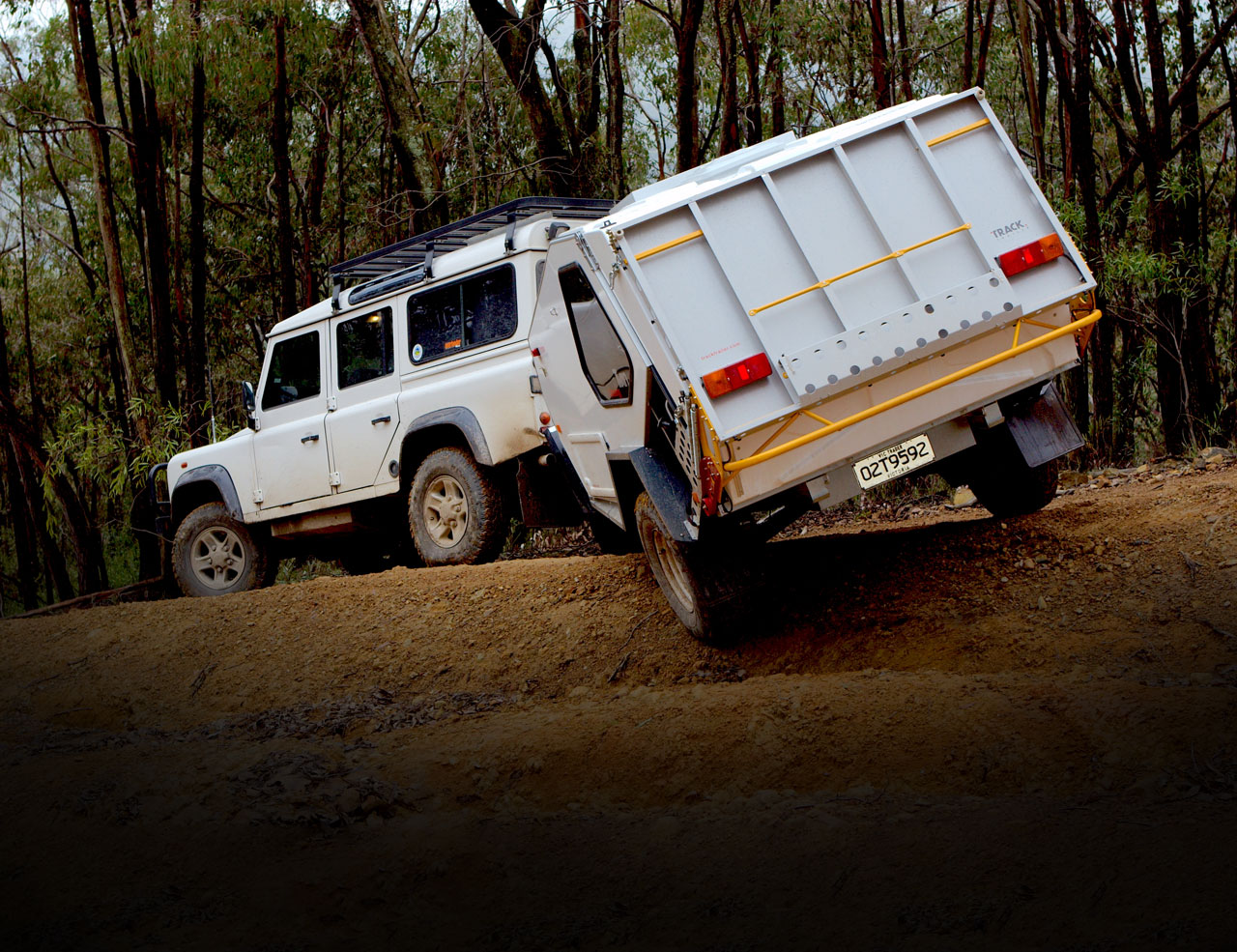I could have died on the Canning… how to protect yourself from the Outback
As I lie here in my bed recovering from a rather nasty ruptured appendix, my mind wanders to the remote places I have recently been. I then wonder about the consequences of the ruptured appendix if I were out in one of those far-flung and remote places when it occurred.
After discussing the severity of my condition with my surgeon and the nurses in hospital, where descriptive words like ‘rotten’, ‘necrotic’ and ‘septic’ were used, all I can do is count my lucky stars that I was home from the Outback when it happened. The alternative – quite simply put – made me thankful that my life insurance was up to date.
I’m a fit, healthy, active 44-year-old and this really could have killed me. I suppose the place that scares me the most for something like this to happen would be on the Canning Stock Route. I first travelled the CSR last July with a group of intrepid first-timers and it was not without its challenges. I loved the trip and the thing I appreciated the most was the remoteness of it all. That was the Australia I had dreamed of seeing as a boy, back in NZ, all those years ago.
But of course, the remoteness is the very thing that will kill you. The distances from help on parts of the CSR are phenomenal. I had always based my worst case scenario on one of my customers getting bitten by a snake (paranoid Kiwi). I now realise that this is not the worst thing that can happen to you in the Outback. With a snake bite properly bandaged and immobilised, you will probably survive until help arrives. The swiftness and severity of my appendicitis and subsequent peritonitis made me understand that unless an aircraft could have landed somewhere fairly close, then I probably had a day or so before it was all over.
I am confident in the emergency gear that I carry. I am constantly linked to the office via our website and my Spot Tracker – so the boss knows where I am all the time. The Spot also doubles as a PLB with an emergency ‘SOS’ button. I carry a satellite phone so I can call for help, as well as an excellent first aid kit and an up-to-date first aid certificate.
Apart from the tech and first aid, I am confident that I am able to survive with my vehicle in the Outback for at least two weeks. The fact that we always travel in convoy makes this unnecessary and is actually a major reason why people choose to travel with us.
I have heard of aircraft landing on dry lake beds along the Canning to collect medical cases in the past. I wouldn’t have liked to put money on it this year though. After an above average wet season, many of the ‘dry’ lakes were not so dry. An incident with one of our customers this year on the Canning had me thinking seriously about all the possible scenarios for rescue. Thankfully, it didn’t come to an all-out rescue operation… but when a solo driver developed a sudden infection in his leg, I realised we were almost two days’ drive from medical help and an airstrip.
Luckily, we had two retired nurses in our group who did an excellent job of treating the injury. That, and some emergency antibiotics, and I was able to get the patient to the nearest community for further help. I must say that the people in that remote Aboriginal community could not have been more helpful.
Sometimes it is something as innocuous as a poke in the arm with a sharp stick that can cause drama. Even though we always wear heavy gloves when dealing with firewood, sharp sticks have a habit of poking you when you least expect it. In fact, I would rate firewood collection as one of the most dangerous tasks while away on trips. The dryness and hardness of the timber means that it splinters readily. If you are anywhere near the tropics, then the chances of infection from a splinter are very high.
I have personally had a shard of wood embed itself in my chin. While this came out of its own accord three weeks later measuring almost 10mm long, one of our company’s experienced guides had to be taken to urgent medical help while on the CSR due to septicemia from a splinter in the finger. Similarly, in Arnhem Land, our very own Vic Widman got a splinter in the forearm while removing a branch from the road. A week later he underwent minor surgery to remove the foreign body which was quickly turning septic.
Here’s something else to think about:
It may be that you come across an incident and are required to render assistance to someone in the Outback. What help would you be? Can you call for backup? Do you know any first aid?
On our tours we often come across situations not relating to our own group and stop to offer assistance. Usually the situation is fairly benign… flat tyres, no jack, no spare, no fuel; but other times it has literally been a matter of life and death.
One of our tour parties recently came across a fatal rollover 200 kilometres from the nearest town in central Australia. Two other vehicles were first on the scene; however neither of them were carrying a PLB or sat phone. This meant that help was going to be a long time coming for the surviving three people in the vehicle if our group had not turned up when they did.
Before venturing off on your next Outback adventure, think about the possible risks and dangers. Think about your possible exit strategies and points of nearest help along the way. Think about your medical conditions, your fitness and abilities. Think about whether you are able to change a flat on your 4WD where the wheel might weigh over 40kg. Think about the chances of being rescued if things go wrong. Think about the danger that you put your rescuers in because you went somewhere you maybe shouldn’t have. Think about the items you carry in your vehicle to cater for emergencies. Think about those completely random events that can quickly threaten your life or the lives of others.
I’ve had a lot of time to think lately while lying in bed waiting for the pain to go away. And I count my lucky stars that I wasn’t way out in the Outback somewhere when my appendix decided that it didn’t need me any more.










